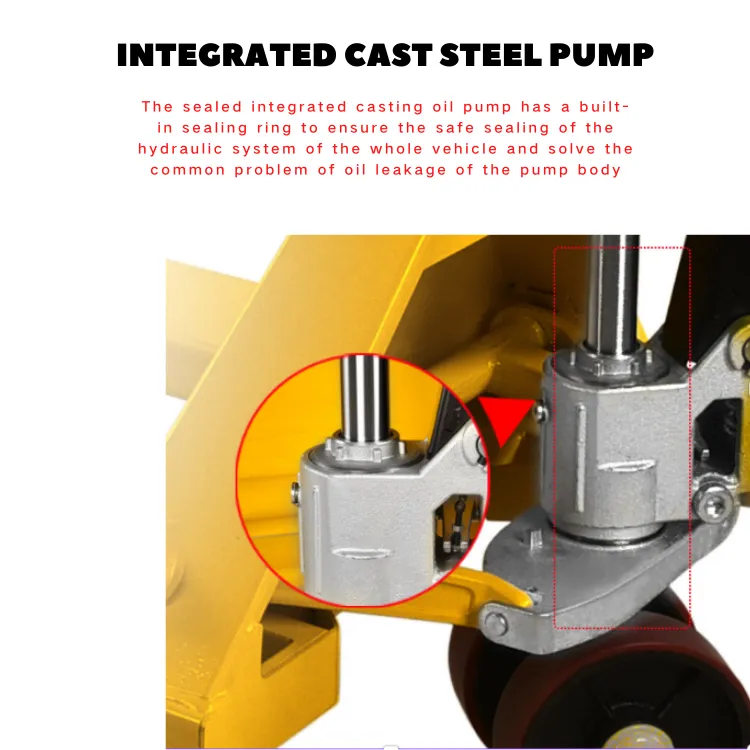Understanding the Expenses Involved in Relocating Heavy Industrial Equipment Efficiently and Safely
The Cost of Moving Heavy Machinery A Comprehensive Overview
Moving heavy machinery is an integral part of many industries, including construction, manufacturing, and agriculture. However, the process of relocating such substantial and often costly equipment can be fraught with challenges and expenses. Understanding the various costs involved in moving heavy machinery can help businesses plan effectively and avoid unexpected financial burdens.
Direct Costs
The most apparent costs associated with moving heavy machinery include transportation fees. These fees can vary significantly based on several factors, such as the distance to be traveled, the type of machinery being moved, and the specific transportation method employed. Heavy machinery often requires specialized trailers and trucks, which may incur additional costs for renting or hiring.
Beyond transportation, there are also preparation and loading costs. This may involve disassembling parts of the machinery, securing the load, and using cranes or forklifts to facilitate loading and unloading. The need for skilled labor to ensure that these processes are conducted safely and effectively adds another layer to direct moving costs. Hiring experienced riggers or operators is crucial for mitigating the risks of damage to both the equipment and surrounding property.
Indirect Costs
Indirect costs can also significantly impact the overall price of moving heavy machinery. Downtime during the movement process can lead to lost productivity, which directly affects a company's bottom line. If machinery is critical for ongoing projects, the delay can result in missed deadlines and financial penalties. Proper scheduling and planning are essential to minimize downtime and its associated costs.
Additionally, there may be insurance costs to consider. Moving heavy machinery across state lines or internationally involves different regulatory requirements, which can lead to increased insurance premiums. Companies should ensure that their insurance policies adequately cover the value of the machinery during transport, as well as any potential liabilities that may arise during the movement process.
cost of moving heavy machinery

Regulatory Compliance
Regulatory compliance is another critical aspect when calculating the costs of moving heavy machinery. Different regions may have varying laws governing transportation, especially for oversized loads. Obtaining the necessary permits can be a time-consuming and costly process. Failing to comply with local regulations can not only lead to expensive fines but also result in equipment being impounded or additional fees for moving the machinery back to the original location.
Companies should conduct thorough research and engage with logistics experts or consultants familiar with regulations in both the origin and destination areas
. This ensures compliance and helps avoid unexpected delays and expenses.Mitigating Costs
To effectively manage the costs associated with moving heavy machinery, companies can adopt several strategies. First, investing in robust planning and scheduling can reduce downtime and facilitate smoother transitions. Utilizing advanced technology, such as GPS tracking systems, can enhance route optimization and ensure timely deliveries.
Moreover, forming partnerships with experienced logistics companies can provide access to better rates for transportation and insurance, as well as valuable industry insights. These partnerships can also help navigate regulatory challenges, ensuring compliance and reducing the risk of fines.
Conclusion
In conclusion, while the cost of moving heavy machinery can be substantial, understanding the various factors involved allows businesses to strategize effectively. By considering both direct and indirect costs, regulatory compliance, and employing cost-mitigation strategies, companies can orchestrate smoother relocations, ultimately protecting their investment and ensuring operational efficiency. As industries continue to evolve, the ability to move heavy machinery efficiently will remain a crucial element in maintaining competitive advantage and fostering growth.
-
Unlock Seamless Relocation with Our Heavy Equipment Moving ExpertiseNewsJun.06,2025
-
Unleash Unrivaled Flexibility with Our Adjustable Gantry CraneNewsJun.06,2025
-
Unleash Heavy-Duty Efficiency with Our Industrial Gantry Crane SolutionsNewsJun.06,2025
-
Revolutionize Steel Handling with Our Magnetic Lifter RangeNewsJun.06,2025
-
Master Equipment Mobility with Premium Machinery Mover SolutionsNewsJun.06,2025
-
Elevate Your Material Handling with Magnetic Lifter TechnologyNewsJun.06,2025
-
YS Permanent Lifting Magnets: The Smarter Way to Handle SteelNewsMay.22,2025
